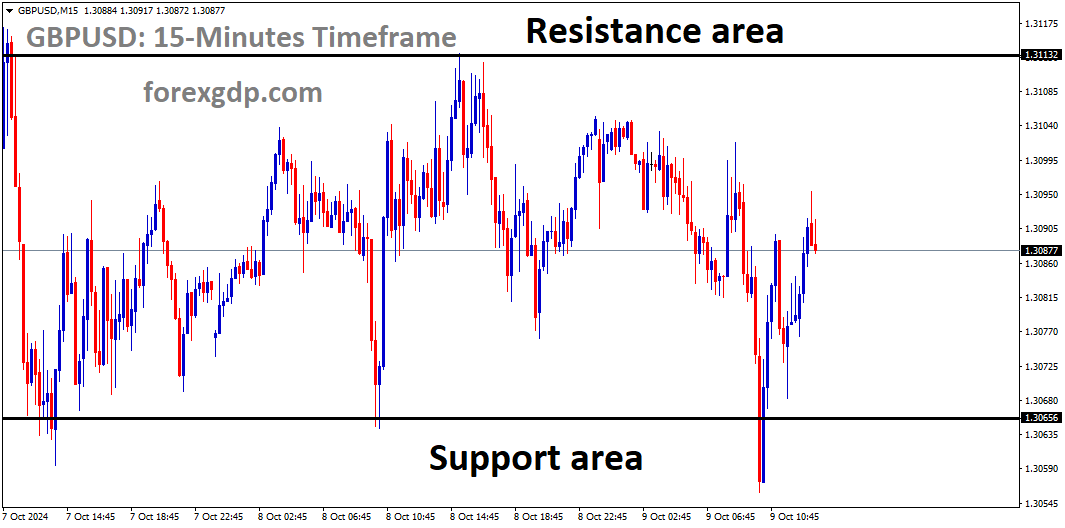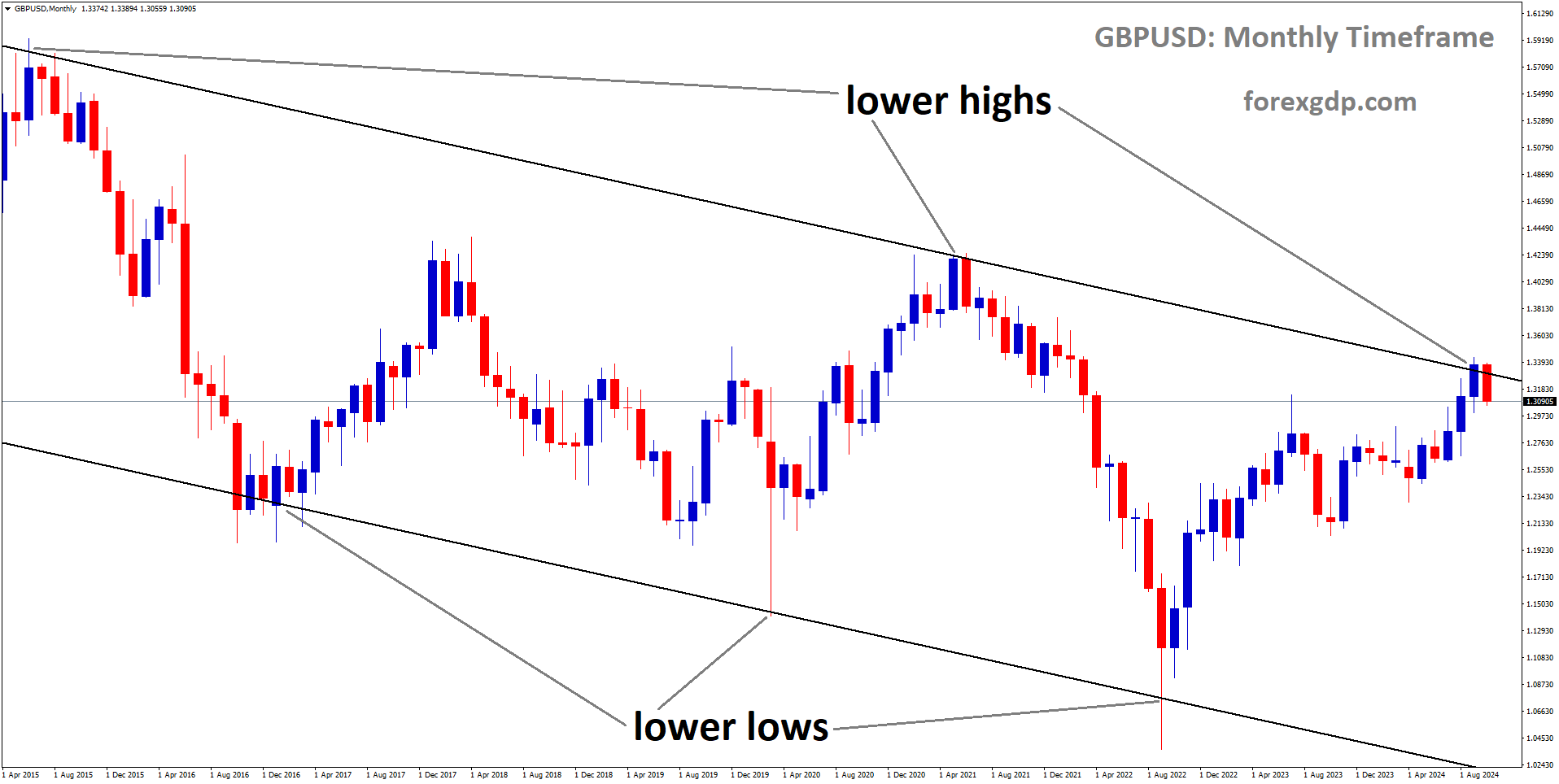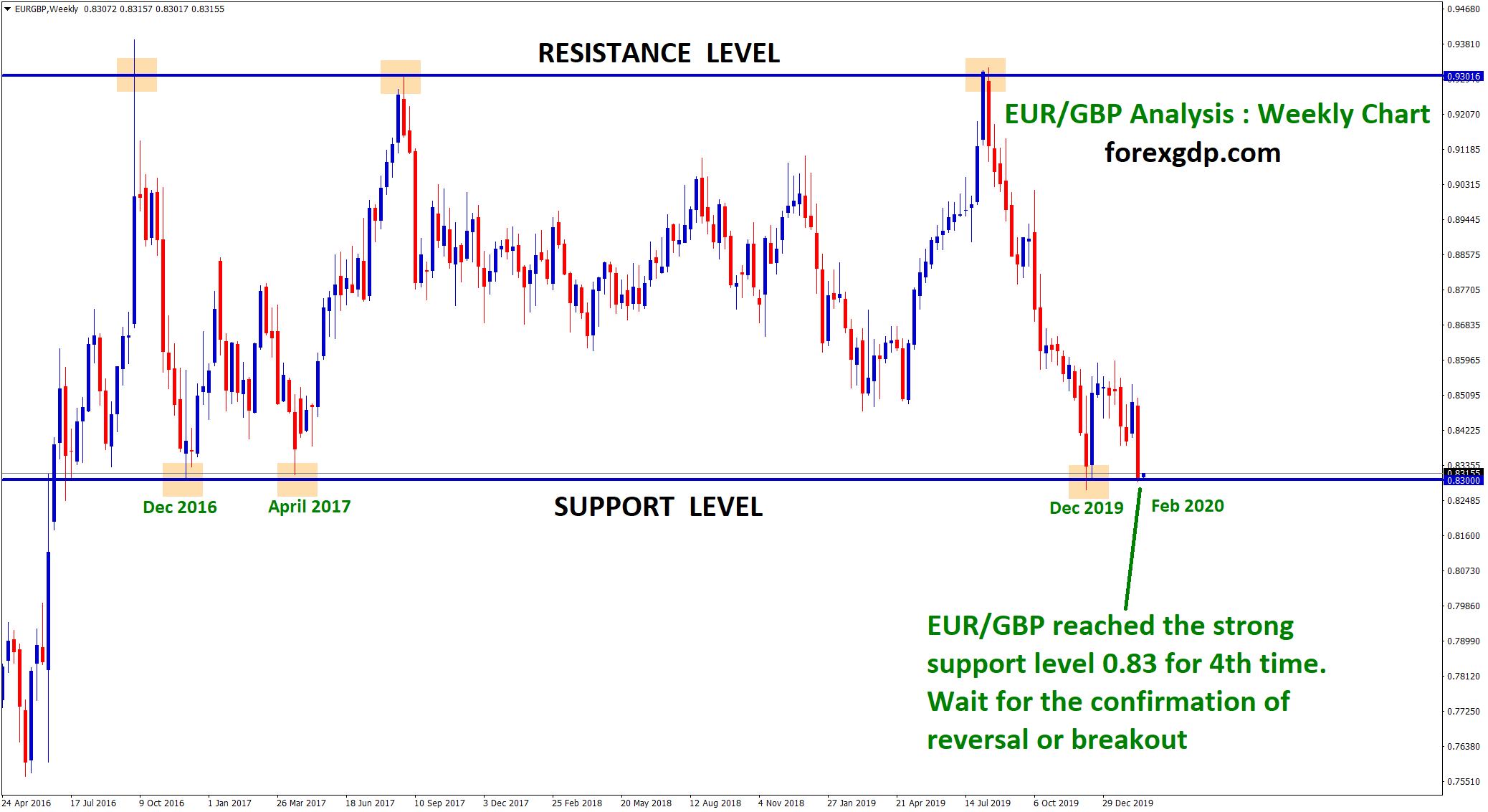GBPUSD is moving in an Ascending channel, and the market has reached the higher low area of the channel
#GBPUSD Analysis Video
GBP/USD Slips Amid Key Economic Factors: A Look at What’s Happening
When we look at the GBP/USD currency pair, it’s clear that several factors are currently working against it. As of Wednesday, the British Pound (GBP) faces continued pressure due to a combination of reasons, including a cautious stance from the Bank of England (BoE) and a strong performance by the US Dollar (USD). While these movements might seem minor on the surface, they stem from a more complex interplay of economic policies and market expectations. Let’s dive into the key reasons behind these trends and explore what might be ahead for this major currency pair.
Why Is GBP Struggling Right Now?
Dovish Tone from the Bank of England
One of the significant factors weighing down the British Pound is the market’s perception of the Bank of England’s future actions. Last week, BoE Governor Andrew Bailey hinted that the central bank might adopt a more cautious approach to monetary policy. Bailey’s remarks suggested that if inflation continues to improve, the BoE might cut interest rates sooner than previously expected.
In simpler terms, investors are anticipating that the BoE will reduce interest rates quicker if the inflation data shows positive signs. While this may sound like good news for households and businesses looking for cheaper loans, it makes the currency less attractive to investors seeking higher returns. As a result, the British Pound has experienced downward pressure, and this has reflected in the performance of GBP/USD.

A Softer British Economy
Adding to the pressure on the GBP is the overall performance of the British economy. With inflation showing signs of slowing and economic growth remaining sluggish, the BoE has less incentive to keep interest rates high. The market is interpreting these signals as a potential policy shift, which is contributing to the weaker pound.
Economically speaking, lower interest rates generally make a currency less attractive to international investors. When central banks cut rates, it often signals slower economic growth or an attempt to boost spending within the country. In the UK’s case, this dovish stance by the BoE reinforces market sentiment that the pound could face more headwinds in the near future.
What’s Boosting the US Dollar?
Fewer Expectations of a Major Fed Rate Cut
While the British Pound is struggling, the US Dollar (USD) remains strong. Part of this is due to changing expectations around what the Federal Reserve (Fed) might do with interest rates. Initially, there was some hope in the market that the Fed would start cutting interest rates significantly by the end of the year. However, this expectation has diminished, leaving the USD in a stronger position.

GBPUSD is moving in a box pattern, and the market has rebounded from the support area of the pattern
As of now, the market is betting that the Fed will only make a small rate cut—if at all. This more cautious approach has made the USD more appealing to investors looking for safe-haven assets. Higher interest rates in the US tend to attract more investors because they offer better returns, which drives demand for the currency and pushes its value higher.
Geopolitical Uncertainty and the Strong USD
In addition to monetary policy, other global factors are also contributing to the USD’s strength. Geopolitical tensions, particularly in the Middle East, are creating a risk-averse environment. When uncertainty looms, investors often flock to the US Dollar, which is considered a safer investment. Furthermore, concerns over China’s latest stimulus efforts have left some market participants feeling disappointed, leading them to look toward the USD as a more reliable option.
Together, these factors are providing solid support for the US Dollar, helping it perform well against the British Pound.
The Outlook for GBP/USD: What Comes Next?
Watching the Fed’s Moves
What happens next with GBP/USD will likely depend on key economic releases from the US in the coming days. The minutes from the Federal Open Market Committee (FOMC) meeting, set to be released later today, could provide valuable insights into how the Fed is thinking about the economy. If the minutes suggest a more cautious or patient approach to rate cuts, we could see continued strength in the US Dollar, putting more pressure on GBP/USD.

GBPUSD is moving in a descending channel, and the market has fallen from the lower high area of the channel
Additionally, economic data releases such as the US Consumer Price Index (CPI) and Producer Price Index (PPI), scheduled for later this week, could also impact the currency pair. These reports will give a clearer picture of inflation in the US and could influence the Fed’s next moves. If inflation remains high, the Fed may feel less inclined to cut rates aggressively, which would further boost the USD.
Impact of the BoE’s Future Actions
On the UK side, the market will be watching closely for any additional signals from the BoE regarding its rate policy. Any indication that the BoE might cut rates sooner could add to the downward pressure on the pound. Conversely, if the central bank takes a more balanced approach and waits for clearer economic data before making any decisions, the GBP might find some relief.
For now, it appears that the British Pound will continue to face challenges in the short term, particularly as long as the BoE remains cautious about its monetary policy approach.
Market Sentiment and Investor Caution
Another key element influencing GBP/USD is market sentiment. With both central banks—the BoE and the Fed—taking cautious stances, investors may be reluctant to place large, aggressive bets on the currency pair. As a result, GBP/USD could see more sideways movement or gradual declines rather than sharp, volatile swings.

Many traders are likely waiting on more significant events, such as the release of inflation data or central bank announcements, before making major moves. This period of caution could persist for some time, especially if global uncertainties remain unresolved.
Summary
In the current landscape, the GBP/USD pair is being influenced by multiple economic and geopolitical factors. The dovish tone from the Bank of England is keeping the British Pound under pressure, while a strong US Dollar, supported by stable Fed policies and geopolitical risks, is driving the currency pair lower.
For now, the GBP/USD outlook remains cautious, with market participants waiting for more concrete data, such as the FOMC meeting minutes and upcoming US inflation reports, to provide clearer direction. Both currencies are being shaped by central bank policies, but with the US Dollar holding firm and the British Pound struggling, the path of least resistance seems to be toward a weaker GBP/USD pair.
In the short term, traders and investors will likely continue to monitor these economic factors closely, with the potential for further declines in GBP/USD if current trends persist. However, surprises from either central bank or unexpected global developments could shift the dynamic and offer new opportunities for the currency pair. Keep an eye on upcoming events to see how the story unfolds.
Don’t trade all the time, trade forex only at the confirmed trade setups
Get more confirmed trade signals at premium or supreme – Click here to get more signals , 2200%, 800% growth in Real Live USD trading account of our users – click here to see , or If you want to get FREE Trial signals, You can Join FREE Signals Now!





